29 pages • 58 minutes read
William BlakeAuguries of Innocence
Fiction | Poem | Adult | Published in 1863A modern alternative to SparkNotes and CliffsNotes, SuperSummary offers high-quality Study Guides with detailed chapter summaries and analysis of major themes, characters, and more.
Literary Devices
Form and Meter
The highly rhythmic poem largely follows an AABB rhyme scheme with exceptions at the beginning and toward the end. The first four lines contain an alternate rhyme scheme, that is, ABAB: “To see a World in a Grain of Sand / And a Heaven in a Wild Flower / Hold Infinity in the palm of your hand / And Eternity in an hour.” The second deviation occurs in Lines 121-24, which all contain the same end rhyme and thus follow an AAAA rhyme pattern. Moreover, the end rhymes become increasingly similar in the last section of the poem, with lines often ending on “delight,” “Night” and “Light.” While the poem is mostly organized as couplets or pairs of rhyming lines, the first stanza follows the form of a ballad.
The poem’s meter is not very regular, though Blake mostly uses the iamb—a stressed sound following an unstressed sound—as his basic foot. The most common meter is the iambic tetrameter, containing four (tetra) pairs of iambs, as in Lines 31-32 (emphases denote stressed syllables): “He who | the Ox | to wrath | has mov'd | Shall nev | er be | by Wo | man lov'd.
Related Titles
By William Blake
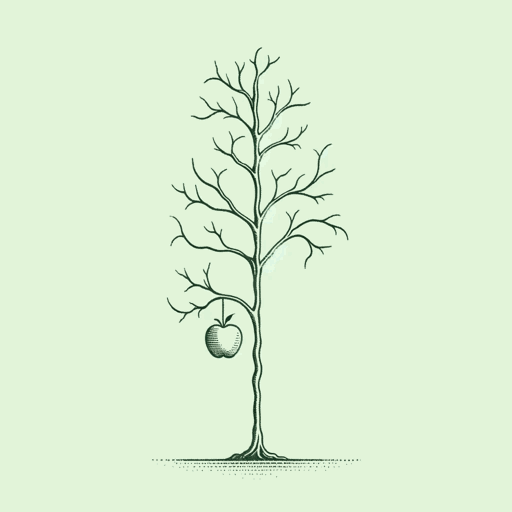
A Poison Tree
William Blake
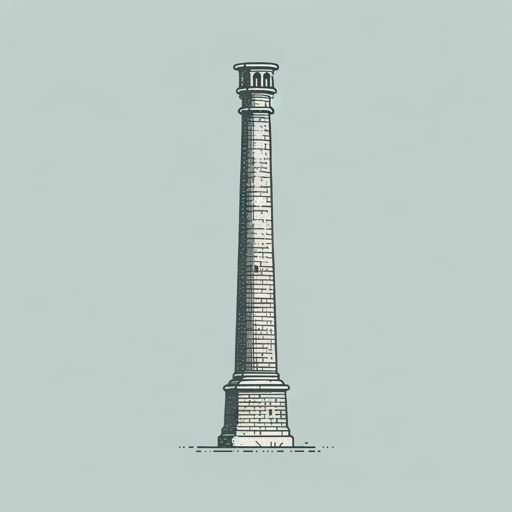
London
William Blake

Night
William Blake

Songs of Innocence and of Experience
William Blake
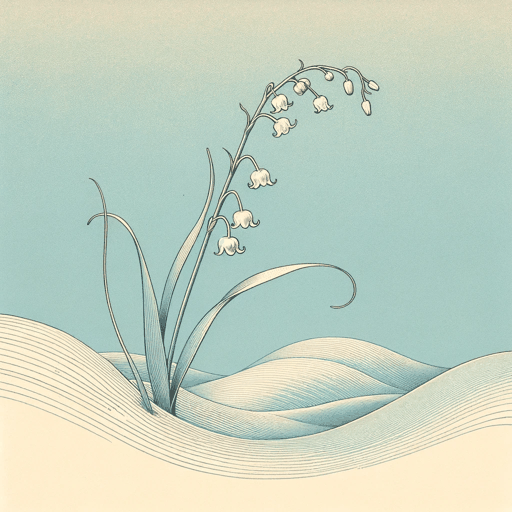
The Book of Thel
William Blake

The Chimney Sweeper
William Blake
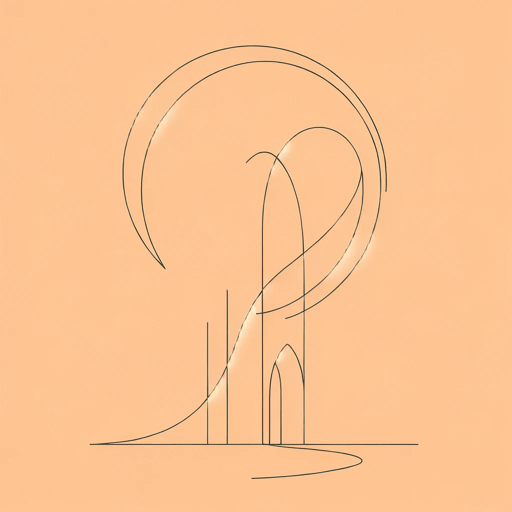
The Garden of Love
William Blake

The Lamb
William Blake

The Little Boy Found
William Blake
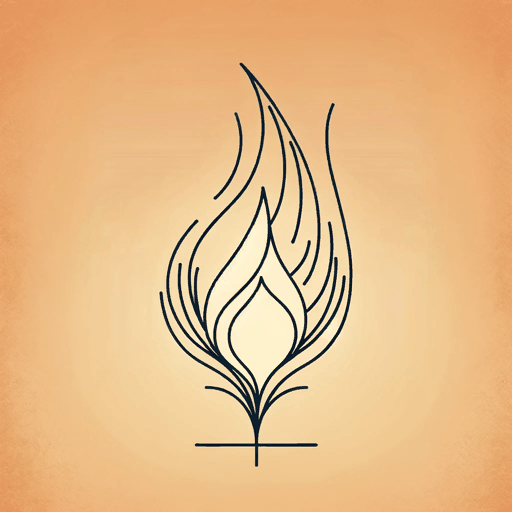
The Marriage of Heaven and Hell
William Blake

The Sick Rose
William Blake

The Tyger
William Blake
Featured Collections
Appearance Versus Reality
View Collection
Books on Justice & Injustice
View Collection
British Literature
View Collection
Challenging Authority
View Collection
Class
View Collection
Class
View Collection
Good & Evil
View Collection
Power
View Collection
Romanticism / Romantic Period
View Collection
Romantic Poetry
View Collection
SuperSummary Staff Picks
View Collection

